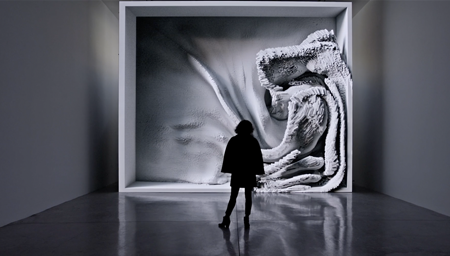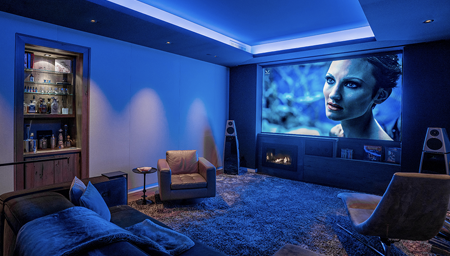Natural Wonder
Artist Akiko Yamashita discusses the process of translating her large-scale video works from public exhibition to satisfying display at home
by Kirsten Nelson
July 25, 2022
If you’ve ever been entranced by a song, a painting, a breathtaking mountain-top view, or even a good cup of coffee, then you know that very specific and yet intangible feeling that occurs when you encounter something truly evocative.
There are a lot of different words used to describe that sense of awe. But it wasn’t until I encountered the artwork of Akiko Yamashita that I sensed a new kind of intangible spark that leaps from a creation to the person experiencing it.
Her large-scale interactive animations, 3D immersions, and light installations invite people to move and create something more entrancing together. The work is interactive in a way that goes beyond technical wizardry. It’s not just cool, it’s more human.
Maybe the difference is that Akiko has a real sense of how a work will make people feel in a space. Before turning her talents toward visual art, she was a professional dancer. So in a way, she has always thought about how work literally moves people.
But the resonance is also the result of her explorations of what she calls the “invisible existences” in nature. Her artwork delves into the intangibles, animating the unseen
Yamashita’s interactive installation, Hana Fubuki
BRINGING THE CREATORS HOME
With all the hype around NFTs changing the value of fine art on a daily basis, I’ve been thinking about which of these seemingly infinite headline-grabbing digital creations will have lasting relevance in the culture. The work has to be evocative on some level, even if a tiny bit of the emotional response is prompted by that elusive “it” factor.
Of course, a lot will depend on what serious art collectors favor, particularly as they navigate the display of digital works in their homes. We need to start thinking of how we’re going to elevate
photo | Justine Henderson
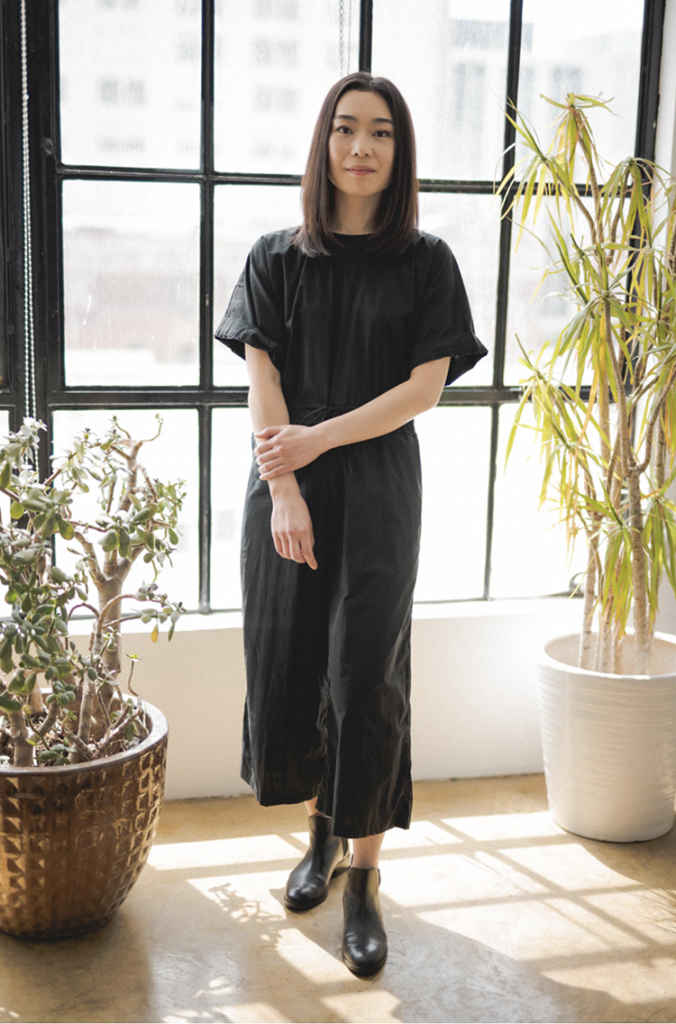
according to the Japanese concept of animism, in which every existence has a spirit of its own.
Imagine you’re in a room, surrounded by color. And every move you make causes a gentle breeze to blow, sending a swirl of flower petals all around your every gesture. There is an exuberance in that personal connection with the invisible existences of all those fluttering floral remnants.
That is the magic of Akiko’s Hana Fubuki, which combines the highly resonant tactile woodblock print techniques of traditional Ukiyo-e art with thoughtfully crafted 3D animations and interactive technology. Premiering as a commission for the 2019 In Peak Bloom show at Artechouse, the work invited people in to a visceral experience of a captivating springtime “cherry blossom blizzard.”
In a talk about the work at the 2019 TouchDesigner Summit in Montreal, Akiko mentioned how viewers of many different ages and physical abilities told
these works and give them the technical attention they need so they can accurately deliver an artist’s vision
What is the best way to ensure these pieces have the greatest impact? What is it about some of these new digital forms that truly changes the way people feel in three-dimensional space? What makes certain works resonate on an emotional level while others might as well be considered special-effects reels? (Though, obviously, VFX is absolutely an art form.)
In this series of artist profiles, we’ll explore the elements that make a digital work resonate and examine how the technical installation helps to determine the success of a work.
—K.N.
her they felt like they could truly engage with the artwork. This was a piece that not only provided visual solace but also a real sense of envelopment. Anyone who visited was “seen” by the artwork, which responded in real-time.
Since that show, Akiko has continued to engage the public in immersive wonder, reconnecting viewers with nature during a particularly anxious time in Spring 2021 with her mega-scaled projection of Forest Perception—If a tree talks in a forest, does anyone listen? Exhibited as part of Downtown LA’s Luminex by Now Art festival, the work was a blend of real and imagined forest encounters. With alternating viewpoints from the forest floor and
Yamashita’s projected video Forest Perception was featured in the Luminex LA by Now Art show in April 2021
video | Simeon
the sky above, wildlife and trees float among shifting sunbeams. The piece was a compelling reminder of all the invisible existences happening in nature, even as many California residents were stuck in their city dwellings.
As she prepares for her next Luminex exhibition in September 2022, Akiko spoke to me about what it’s like to be a digital artist in this NFT-crazed world. She herself has minted her Forest Perception work on MakersPlace, and at a Luminex preview gallery show earlier this year, she fielded inquiries for more NFTs of her works.
As more avid collectors are adding these technology-intensive works to their homes, it’s interesting to consider how we might live with them. This is not to say that artwork needs to be user-friendly in any way, but there is still much to figure out in terms of how best to experience digital art at home.
Akiko has an interesting take on this with regard to her own work: “In a way, Hana Fubuki is perfect because it’s interactive, but it’s like wallpaper. That makes it sound a little
boring. But as I was testing, I was actually projecting into my small room, and I thought I can actually have it around forever. I think sometimes the problem of artwork, digital animation, is that you might get bored quickly. If you keep seeing repetitive images, for example. But when I make something interactive, and you walk by and then a flower’s going this way, and the gusts come back in and the flowers are spreading, it’s so cool and dynamic to have a moving wallpaper like that.”
With her work, the medium happens to be the right one for enhancing the particular expression of her creative ideas. She is not making work for the buzz-worthy digital art world but rather she is employing sensors, software, light, and pixels to connect more completely with those who witness her work.
To do that, she does tend to think in high-res. “I prefer as high resolution as possible, and smaller pixel pitch would be great,” she says. “But there are also artists that make great low-res installations. If I were to create artwork that was about seeing the pixels, I would be totally down to do super-low-pitch. It just has to be used intentionally.”
Creating a work on a desktop monitor or small-scale projection in her studio is one
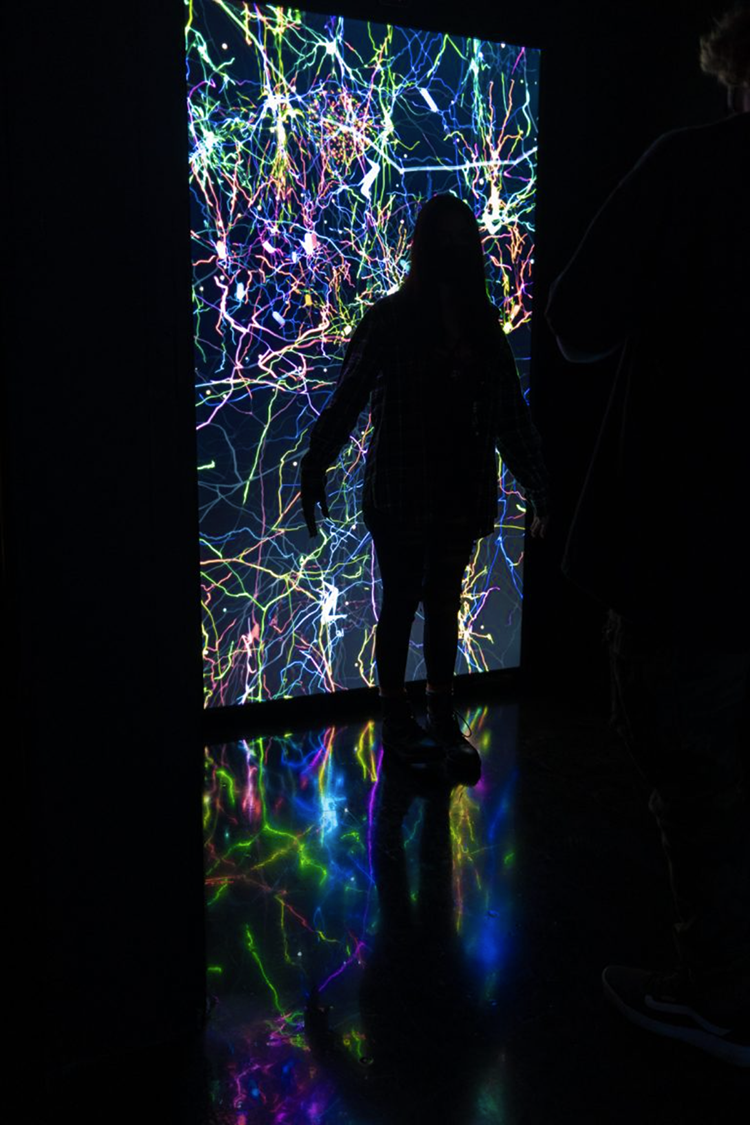
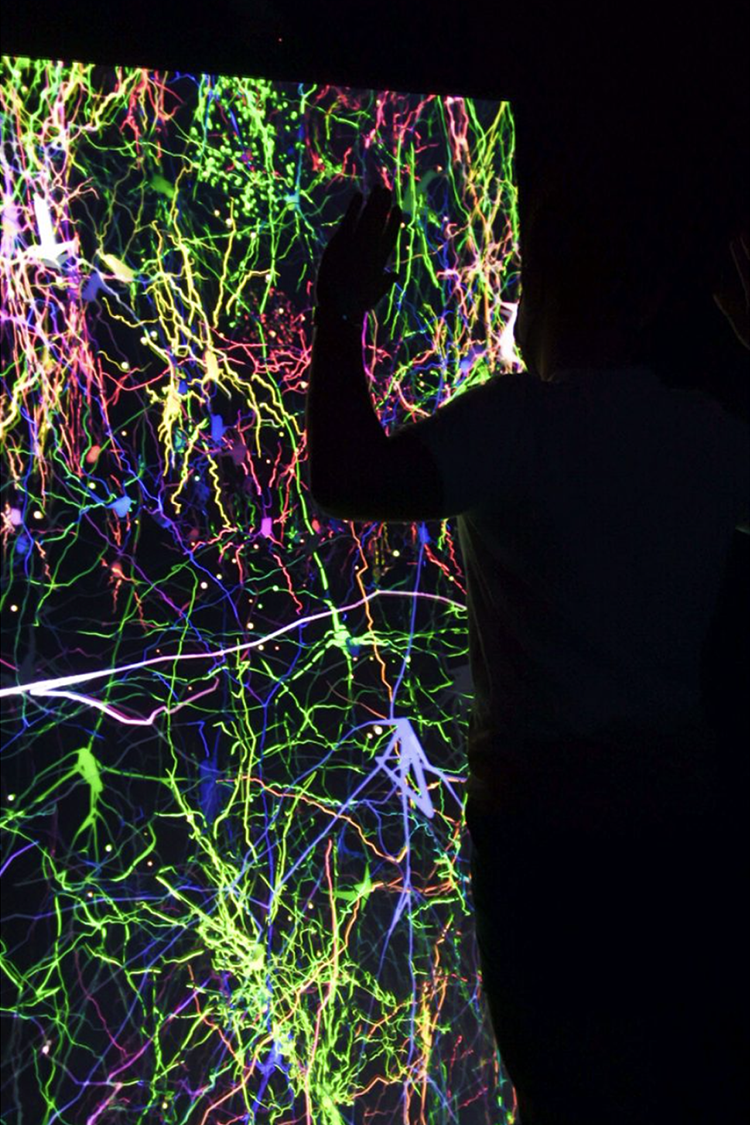
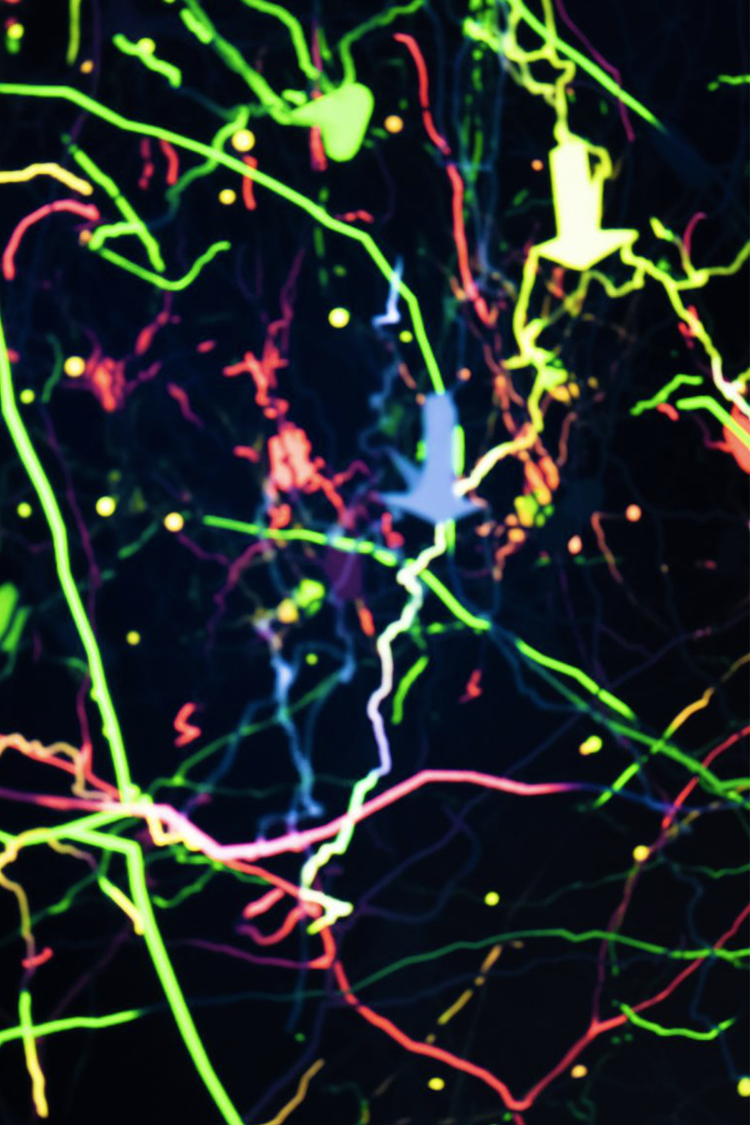
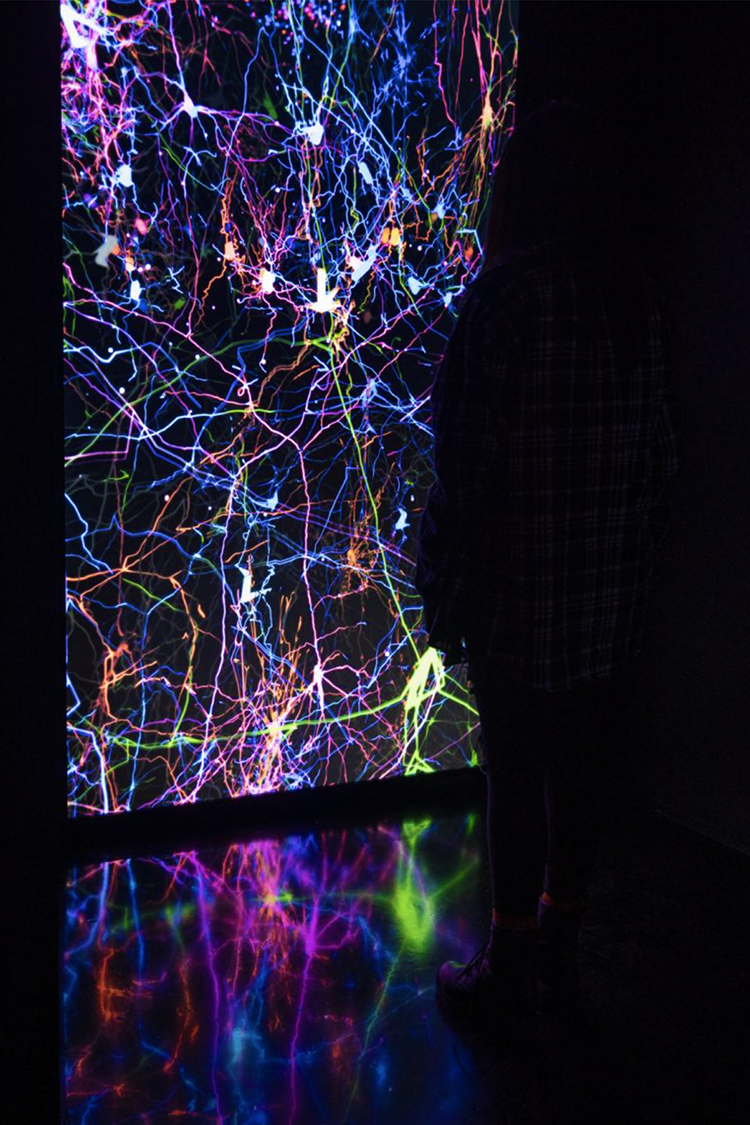
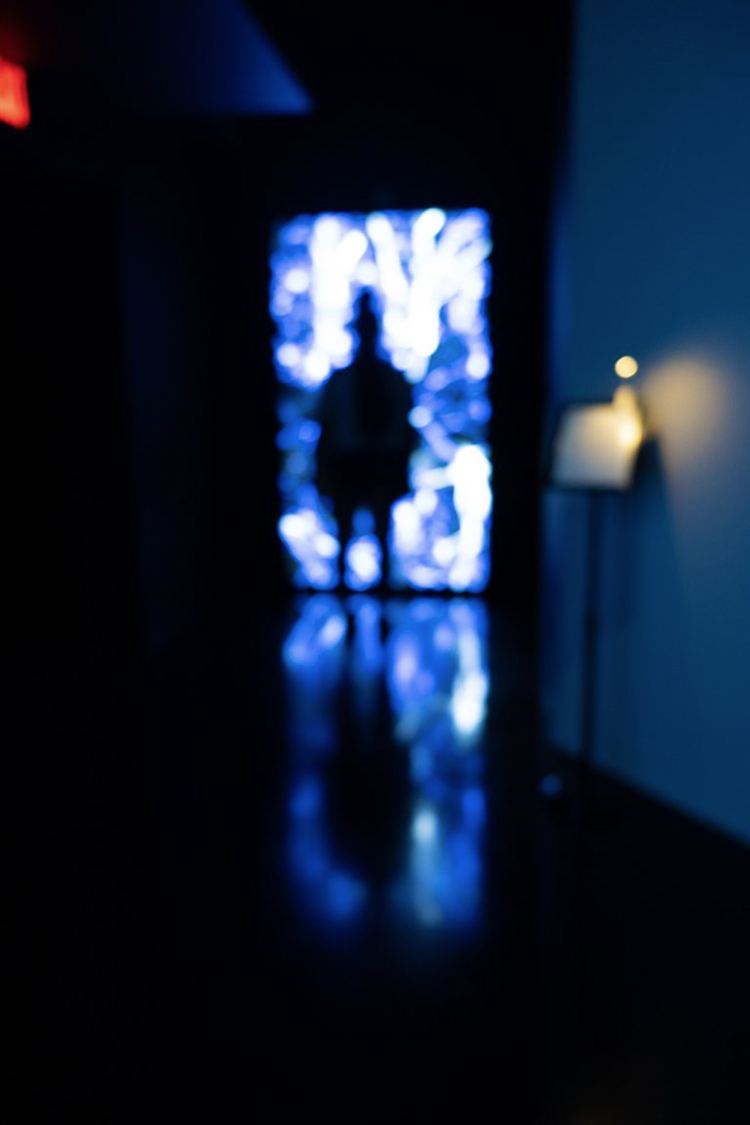
the interactive installation Eureka! (2021) allows visitors to explore various neuronal connections
ALSO BY KIRSTEN NELSON
thing, but once it’s out there in the world, the higher-resolution makes a big impact. “When I see my work on the big screen, 4K pristine, with other people, I love it. It makes me feel so great that I actually rendered 4K, put some effort, and really made sure all the details look beautiful.”
To create that same effect at home, Akiko speculated that digital artists might want to start packaging their artwork with customized display kits. Especially for collectors who are considering investing in full-scale media walls at home, it might make sense to conform to these tech-savvy artists’ visions.
This is something valuable to consider, especially as more collectors invest in expensive LED screens at home. That is a trend Akiko can see increasing. Then the actual installation of these media works would best be handled by a custom residential-technology integrator who can make sure the work resonates the way it would in a specialized gallery setting.
“It should be the same as with traditional artwork,” Akiko says. “Where we should be heading is framing, placement, and curation that is handled the same as with fine art. Or it becomes just TVs or a screensaver.” The way she sees it, maybe these art viewing spaces aren’t in a home theater setting but in other areas of the home. And then she brings up James Turrell, who has created site-specific residential installations of his light & sky space works. Those might be inspiration for how you display an interactive piece like one created by Akiko. “I feel like the same principle applies, to create a space to have a special experience at home.”
This human-centric perspective on how technology can be experienced is why Akiko’s choice of media seems so natural to her creative sensibilities. Her works resonate because the technology she uses is an extension of a real human intention—to invite people to help shape a work. Her interactive elements, where the presence of a person causes a shift in imagery or light, feel natural and generous. And that is the most precious intangible feeling.
BRINGING THE CREATORS HOME
With all the hype around NFTs changing the value of fine art on a daily basis, I’ve been thinking about which of these seemingly infinite headline-grabbing digital creations will have lasting relevance in culture. The work has to be evocative on some level, even if a tiny bit of the emotional response is prompted by that elusive “it” factor.
Of course, a lot will depend on what serious art collectors favor, particularly as they navigate the display of digital works in their homes. We need to start thinking of how we’re going to elevate these works and give them the technical attention they need so they can accurately deliver an artist’s vision
What is the best way to ensure these pieces have the greatest impact? What is it about some of these new digital forms that truly changes the way people feel in three-dimensional space? What makes certain works resonate on an emotional level while others might as well be considered special-effects reels? (Though, obviously, VFX is absolutely an art form.)
In this series of artist profiles, we’ll explore the elements that make a digital work resonate and examine how the technical installation helps to determine the success of a work.
—K.N.
Kirsten Nelson is a Brooklyn-based writer, speaker, event content producer, and podcast host who writes frequently for technology brands, integration firms, and experience design agencies. She was the editor of SCN magazine, and before that, co-launched Residential Systems. Kirsten is also a co-founder, editor, and writerly salon host of CreativeStack, a newsletter for the experience design community.
© 2025 Cineluxe LLC


